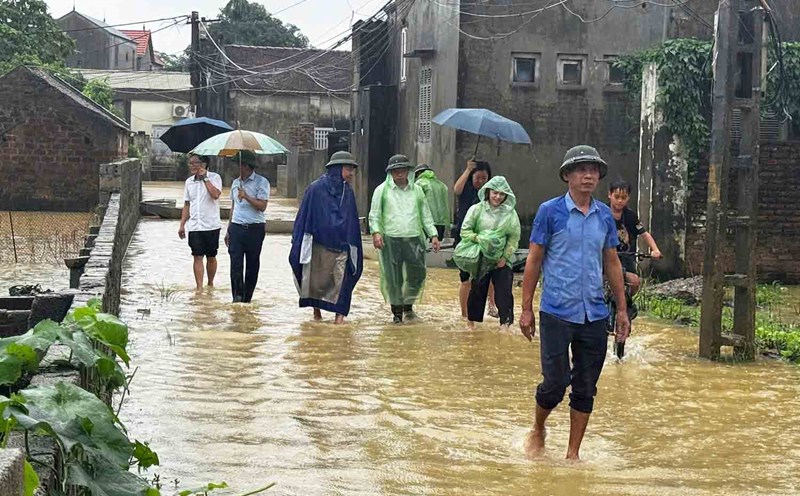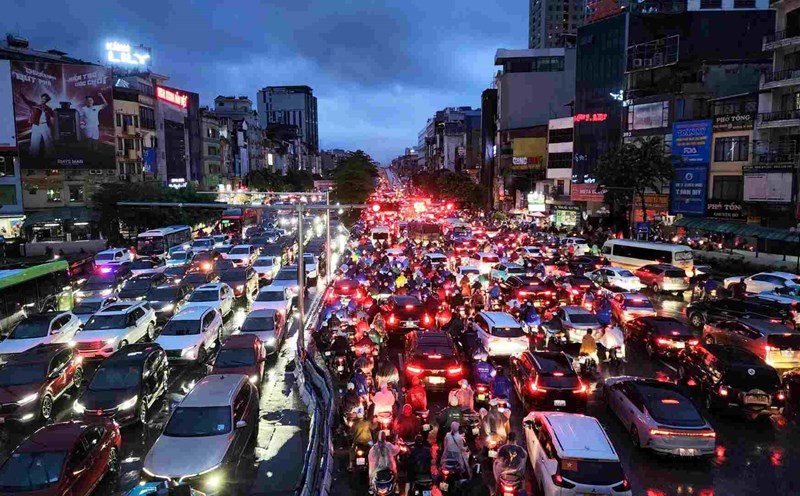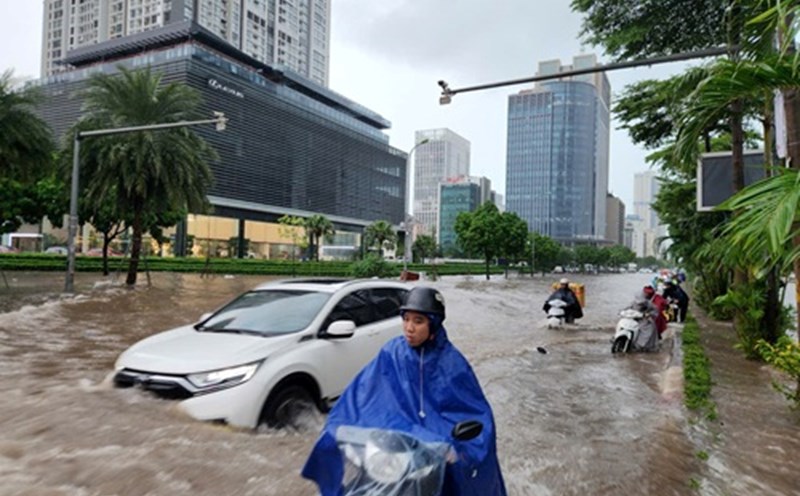The latest storm information from the Philippine Atmospheric, Geophysical and Astronomical Services Administration (PAGASA) said that at 2:00 p.m. on September 30, the center of low pressure 09g was at about 14.2 degrees north latitude, 135.8 degrees east longitude, 1,255 km east of southeast Luzon.
PAGASA forecasts that the low pressure is likely to strengthen into a tropical depression/storm at an average level in the next 24 hours or as early as the afternoon of October 1. The storm will then be locally named Paolo, the 16th storm in the Philippines this year and the first in October.
Typhoon Paolo is forecast to move north of Luzon on October 4-5. PAGASA urges people to continue monitoring updates on this potential tropical storm as the forecast is still subject to change.
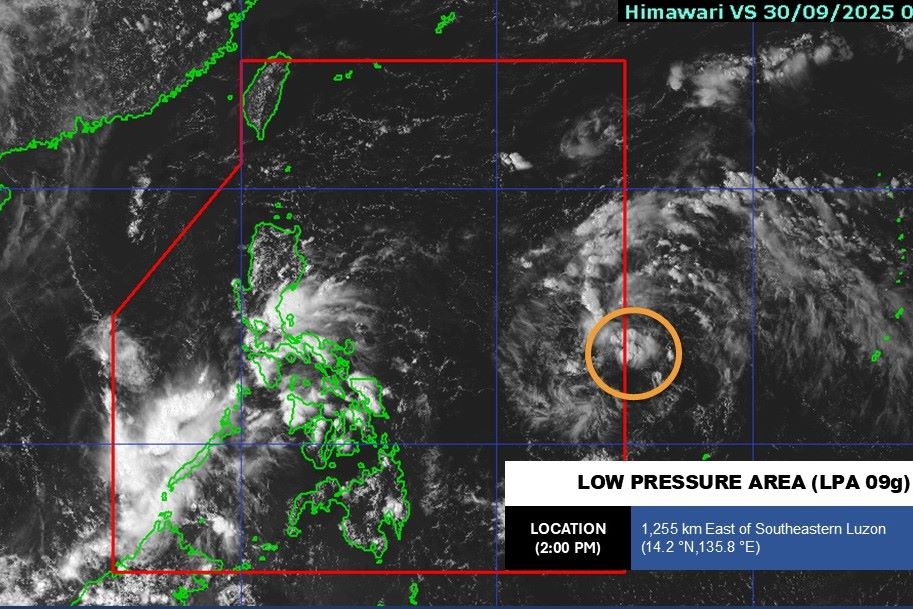
Meanwhile, the US Joint Typhoon Warning Center (JTWC) named the depression 93W. According to the latest forecast, low pressure 93W has been raised to an average level of the possibility of developing into a tropical depression/storm in the next 24 hours.
Satellite images show the formation bands surrounding the western edge of the wide low-level circulation, with strong movement in the southwest.
Proportive environmental conditions for the 93W low pressure area to continue to develop, sea surface temperatures are warm (28-30 degrees Celsius). The models show that the intensity of the low pressure area 93W will gradually increase in the west-northwest direction over the next 2 days.
According to the GFS and ECMWF storm forecast models, the low pressure is likely to strengthen into a storm and will enter the East Sea from October 4, becoming the 11th storm in 2025.
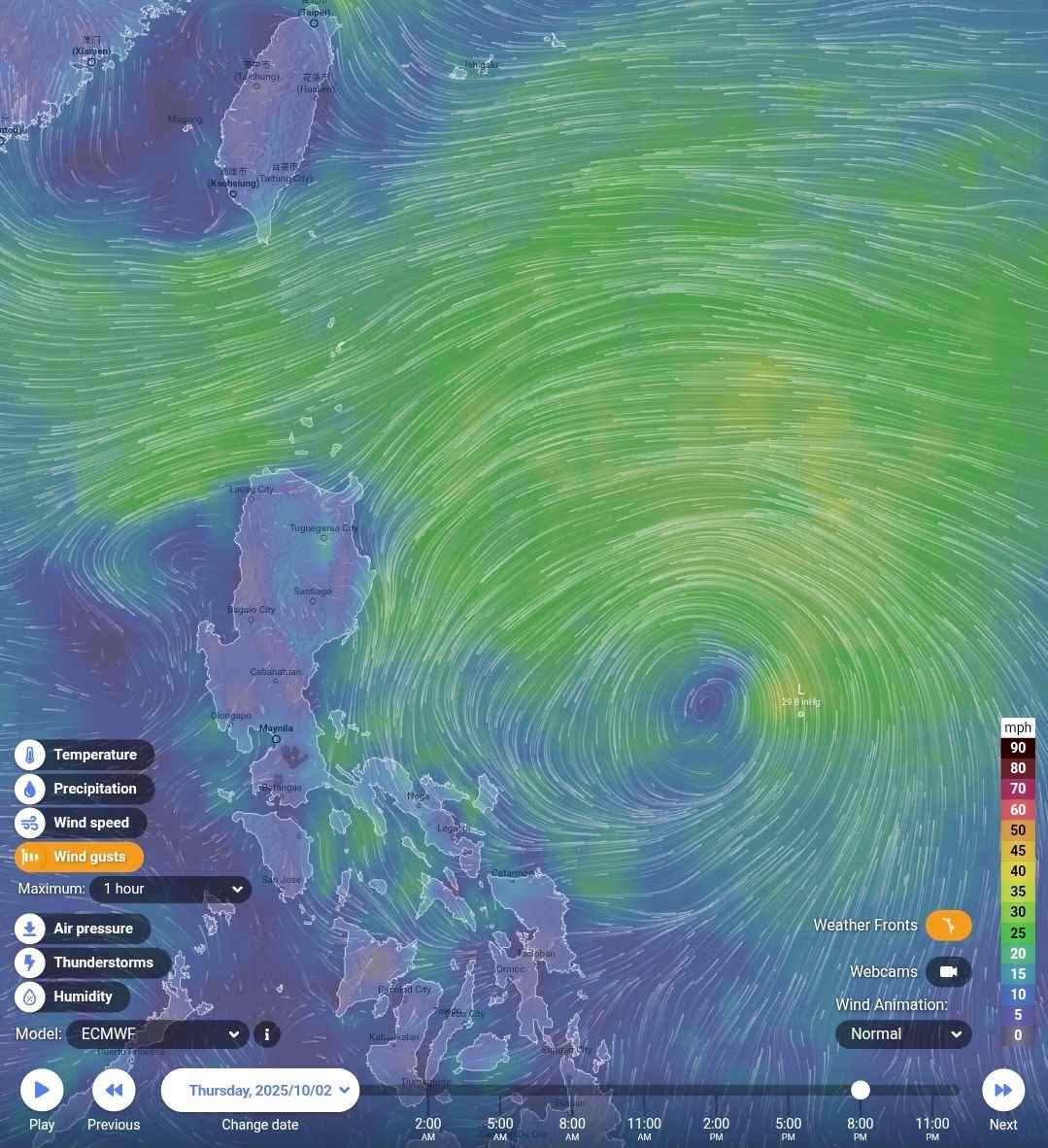
PAGASA also forecasts that the southwest monsoon will weaken in the coming weeks, opening a transition period before the northeast monsoon officially overflows. This is a signal that the Philippines is about to enter a cooler and drier season.
According to weather forecaster Munir Baldomero, the determination of the end of the southwest monsoon season is based on many factors: Heavy rainfall in the west of the country has decreased significantly, the east and northeast winds have begun to dominate, while the southwest winds have clearly weakened. During the transition period, which typically lasts from the second half of October to early November, the easterly wind from the Pacific Ocean will dominate, before the northeast monsoon officially replaces it.
PAGASA also emphasized that although the southwest monsoon is weakening, people still need to be vigilant against unusual fluctuations in the weather, especially during the transitional season when storms often appear from the Pacific Ocean.
Although the northeast monsoon brings a pleasant cool air, the sudden change between the two monsoon systems can also cause heavy rain, thunderstorms or big waves in coastal areas.




